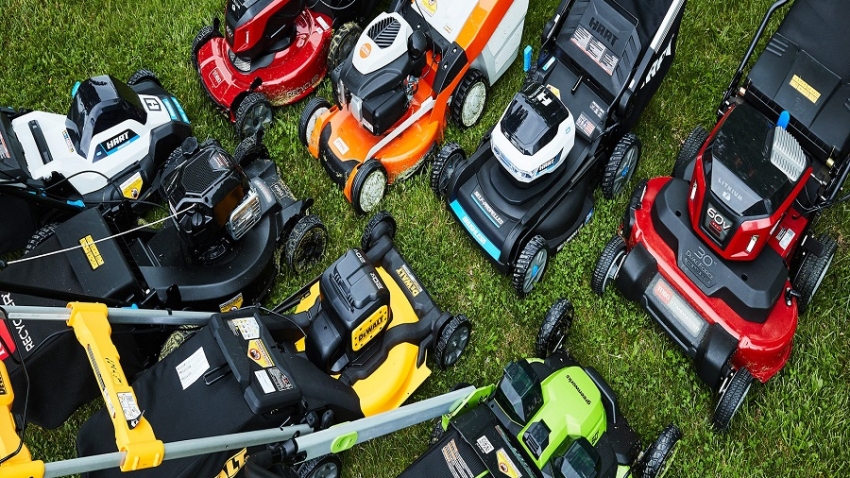
How to Get A Lawnmower Tire Back on the Rim
Tools and Materials Needed
Before we delve into how to get a lawnmower tire back on the rim, let’s gather the essential tools and materials. Here are the items you’ll need:
- Lug wrench or socket set: For loosening and tightening bolts.
- Flat-head screwdriver: Useful for prying tasks.
- Tire irons or spoons: These will assist in removing the tire from the rim.
- Ratchet straps or a bead seater: They help in sealing the tire bead to the rim.
- Air compressor with pressure gauge: To inflate the tire accurately.
- Valve core removal tool: Necessary for deflating the tire.
- Work gloves: To protect your hands during the process.
- Safety glasses: To safeguard your eyes from potential debris.
- Bucket of soapy water: Helps in lubricating the tire and rim for easier installation.
Make sure to have these tools at hand before commencing with the steps. They will smooth your progress through the task, ensuring both efficiency and safety. With these tools prepared, you’re set to proceed to the safety precautions that should be adhered to when undertaking this task.
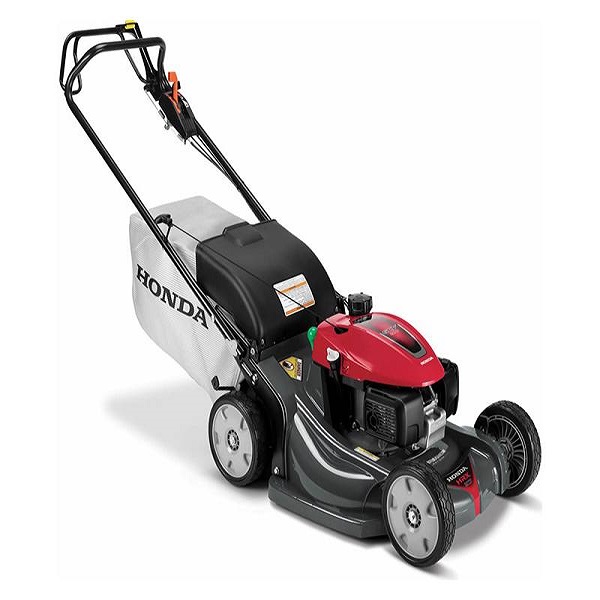 Safety Precautions Before Starting
Safety Precautions Before Starting
Before you begin the process of how to get a lawnmower tire back on the rim, safety must be your priority. Here are some critical safety tips to follow:
- Wear Protective Gear: Always put on safety glasses and work gloves to shield your eyes and hands from harm.
- Inflate Carefully: When inflating the tire, watch the pressure gauge closely to prevent over-inflation which can cause the tire to burst.
- Work on a Flat Surface: Ensure your work area is level to maintain stability and prevent the lawnmower from tipping.
- Keep a Safe Distance: While seating the tire bead, stand clear of the trajectory in case the tire pops off.
- Check Equipment Condition: Inspect all your tools for damage before use to avoid accidents.
By following these safety measures, you can minimize risks and ensure your task proceeds smoothly and safely.
Step 1: Removing the Tire From the Lawnmower
Engaging in the task of how to get a lawnmower tire back on the rim starts with tire removal. Follow these steps for a seamless start:
- Secure the Lawnmower: First, ensure the lawnmower is on a flat, stable surface. Engage the brake or remove the keys to prevent any movement.
- Access the Tire: Depending on your model, lift the lawnmower or remove any coverings to expose the tire fully.
- Loosen the Lug Nuts: With your lug wrench or socket set, turn the lug nuts counterclockwise. This action loosens them but do not remove them completely yet.
- Jack Up the Mower (if applicable): If necessary, use a jack to raise the lawnmower, providing enough space to remove the tire safely.
- Remove the Lug Nuts and Tire: Once loose, remove the lug nuts by hand. Pull the tire towards you, gently detaching it from the lawnmower.
Complete these steps carefully, avoiding any abrupt movements that could cause damage. With the tire off, you’re ready for the next stage of the process.
Step 2: Deflating the Tire Completely
Once you’ve removed the tire from the lawnmower, the next step in how to get a lawnmower tire back on the rim is deflating it completely. Ensuring that no air is left inside will make it easier to break the tire bead in the following steps. Here’s how you go about it:
- Remove the Valve Cap: Twist off the cap covering the tire’s air valve.
- Depress the Valve Core: Use the valve core removal tool to press down on the valve stem and release air.
- Listen for Air Release: You should hear a hiss as the air escapes. Keep pressing until it stops.
- Check if Fully Deflated: Push on the tire to confirm there’s no air left inside. It should be entirely flat.
By deflating the tire properly, you’re ensuring a smoother and safer process as you continue with how to get the lawnmower tire back on the rim. Remember to perform each action with care to avoid damage to the tire or rim.
Step 3: Breaking the Tire Bead
Once the tire is fully deflated, the next step is to break the tire bead. The bead is the edge of the tire that sits tightly against the rim. Here are the steps to help you through this stage:
- Apply Soapy Water: Start by applying soapy water along the edge of the tire. This helps to lubricate the bead, making it easier to remove.
- Position Tire Irons: Place your tire irons between the tire and the rim. Be sure to slide them in gently to avoid damaging the tire.
- Pry the Bead Loose: Use the tire irons to pry the bead over the rim. Work slowly around the tire until the entire bead is loose. If tight, you might need to use additional force.
- Repeat on Other Side: Once one side is loose, flip the tire and repeat the process on the other side. Breaking the bead on both sides is essential for removal.
- Ensure Bead is Free: Make sure the bead is completely free from the rim. The tire should now be loose enough to take off with minimal effort.
Complet this step with patience and care. Breaking the bead is crucial in how to get a lawnmower tire back on the rim. Proceed once you’re sure the tire moves freely on both sides of the rim.
Step 4: Levering the Tire Off the Rim
With the tire bead broken, it’s time to remove the tire from the rim. Even if you know how to get a lawnmower tire back on the rim, this step requires precision to avoid rim damage. Follow these instructions for a hassle-free removal:
- Insert Tire Irons: Secure one tire iron under the freed tire bead. Gently work the tire off the rim by using leverage.
- Use Additional Tire Irons if Necessary: Sometimes one tire iron isn’t enough. Insert a second tire iron a few inches away from the first. Alternating between the two, slowly work the tire off around the rim.
- Continue Around the Rim: Move around the rim, prying the tire off bit by bit. Make sure the bead stays over the rim edge all the way around.
- Remove the Tire Once the entire bead is over one side of the rim, you should be able to pull the tire free with your hands. Be cautious and take your time.
By now, the tire should be completely off the rim. Check for any remaining attachments, and if none are found, proceed with confidence to the following steps of how to get a lawnmower tire back on the rim.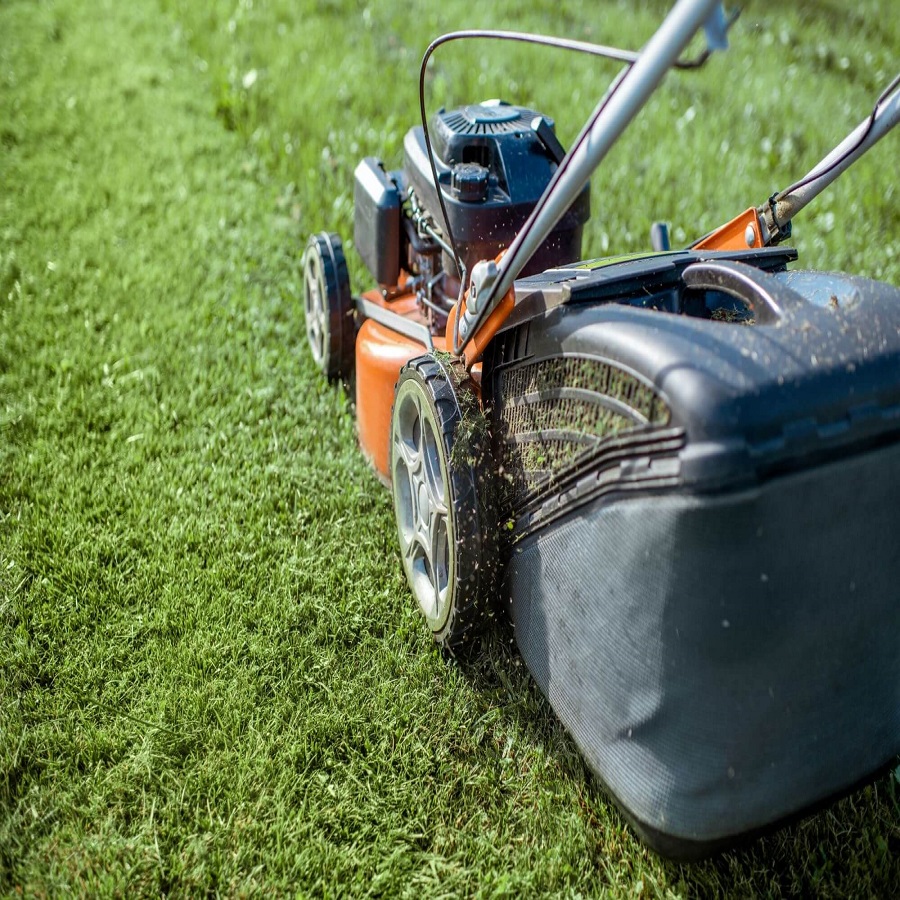
Step 5: Inspecting and Preparing the Rim
Before placing the tire back onto the rim, it’s critical to inspect and prepare the rim for a secure fit. Here’s how you go about it:
- Examine the Rim: Look for any signs of wear or damage on the rim. This includes rust, dents, or sharp edges that could harm the tire. Use this time to also clear off any dirt or debris.
- Smooth Out Irregularities: If you notice any rough spots or burrs, use a metal file to smooth them out. This helps prevent damage to the new tire.
- Lubricate the Rim Edge: Apply a thin layer of soapy water around the rim’s edge. This will help the tire slide on more easily during installation.
- Check Rim Strip: Ensure that the rim strip, which covers the wheel’s spokes on the inside, is intact and properly positioned. Replace if it’s damaged.
- Dry Everything Off: After cleaning and preparations, dry off the rim. It’s crucial that no moisture is trapped between the tire and rim.
Properly inspecting and preparing the rim is essential in learning how to get a lawnmower tire back on the rim. It ensures a good fit and helps prolong the life of the tire. Once you’re confident the rim is ready, move forward to the next step of positioning the tire on the rim.
Step 6: Positioning the Tire on the Rim
The sixth step in how to get a lawnmower tire back on the rim involves accurate positioning. Follow these guidelines to align the tire correctly:
- Align Tire with Rim: Gently place the tire on top of the rim. Ensure the bead is even around the edge.
- Use Soapy Water: Apply soapy water again. This acts as a lubricant, aiding the tire in sliding over the rim easily.
- Press Down on Bead: Begin from the top, pressing the bead over the rim edge. Work your way around the tire.
- Use Tire Irons for Assistance: If the tire is snug, carefully use tire irons to help coax the bead over the rim.
- Check for Proper Seating: Ensure the tire sits uniformly on the rim. Make certain there are no parts pinched or misaligned.
Getting the tire in the right position requires a careful touch and a bit of patience. Make minute adjustments as needed until the tire is mounted evenly. With the tire correctly positioned, you are closer to finalizing the task of how to get a lawnmower tire back on the rim. The next step will seal the deal, ensuring your tire is ready to roll.
Step 7: Inflating the Tire and Seating the Bead
Once the tire is positioned correctly, it’s time to inflate it and seat the bead. Here’s a step-by-step guide:
- Attach Air Compressor: Connect your air compressor’s hose to the tire valve. Make sure it is secure.
- Inflate Slowly: Begin inflating the tire slowly. Watch the pressure gauge to avoid over-inflation.
- Listen for Popping Sounds: As the tire fills with air, listen for a series of pops. This sound indicates that the bead is seating against the rim.
- Inspect the Bead: Pause inflating to check the bead’s placement. It should sit evenly around the rim.
- Adjust Pressure: Once the bead is seated, adjust to the recommended tire pressure. Don’t exceed it.
- Check Tire Position: Make sure the tire is seated properly. Look for any bulges or dips around the rim.
Inflating the tire and seating the bead are crucial for how to get a lawnmower tire back on the rim. Do it with care to prevent damage or accidents. After completing this step, you’re ready to reattach the tire to the lawnmower and enjoy the fruits of your labor.
Step 8: Reattaching the Tire to the Lawnmower
The final step in how to get a lawnmower tire back on the rim is reattaching it to the lawnmower. Properly securing the tire ensures your safety and the smooth operation of the lawnmower. Here are the actions to take:
- Align the Tire and Axle Holes: Lift the tire and line up the holes in the tire with those on the axle.
- Replace the Lug Nuts: Thread the lug nuts by hand first, to make sure they align correctly. Tighten them lightly.
- Lower the Mower (if raised): If you’ve used a jack, slowly lower the lawnmower back to the ground now.
- Tighten the Lug Nuts: Use your lug wrench or socket set to tighten the lug nuts. It’s vital to tighten them in a crisscross pattern, which helps in even distribution of the pressure.
- Double-Check Tightness: Go over the lug nuts again to ensure they are securely fastened. This step is crucial for the wheel to operate safely.
With the tire securely back in place, it’s essential to take a moment to inspect your work. Confirm the tire pressure is at the recommended level once more, and look for any signs of misalignment or wobbling. Taking these steps helps you finish the task confidently, knowing you’ve successfully learned how to get a lawnmower tire back on the rim. Your lawnmower is now ready to tackle the task at hand, with a newly fitted tire that’s safely attached and ready for action.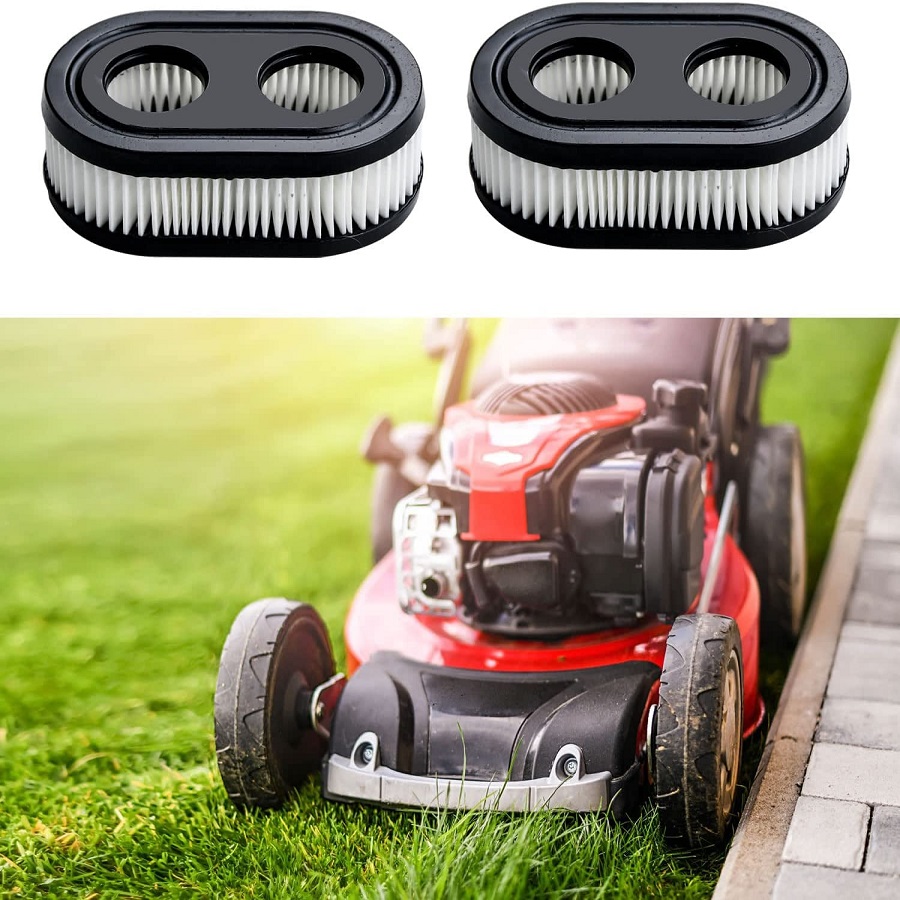




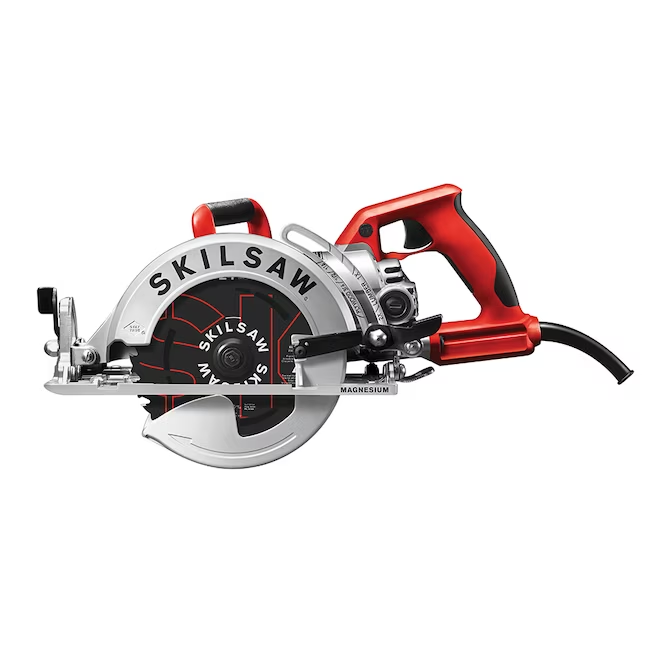
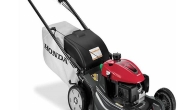
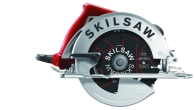
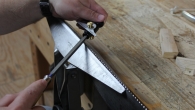


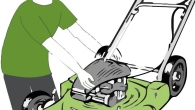
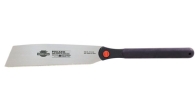
Leave a Reply